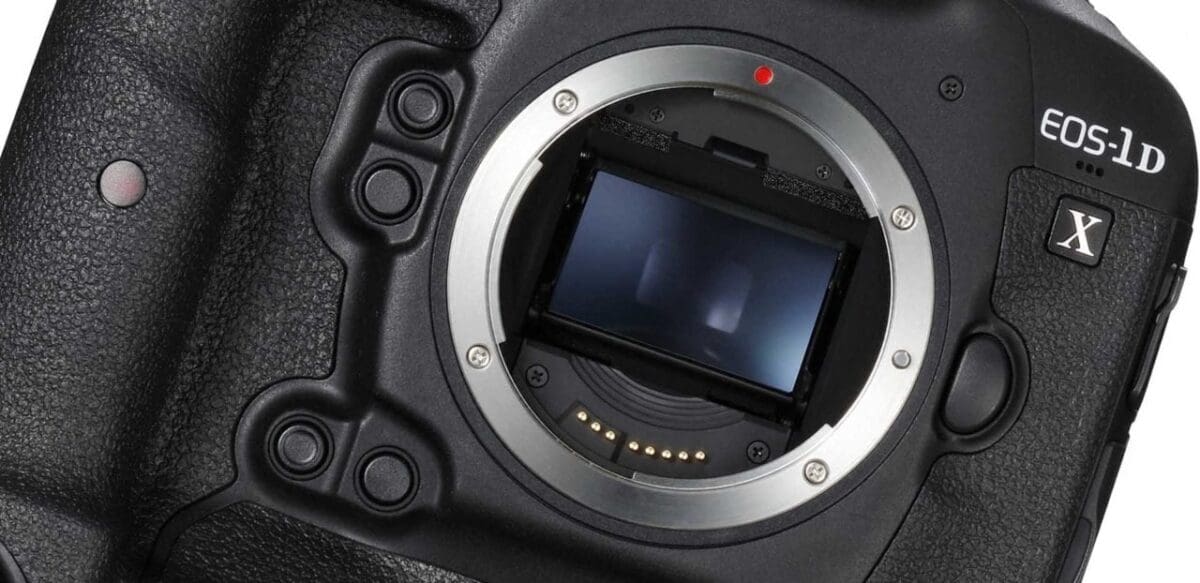What is Crop Factor?
Crop factor is essentially the ratio of a camera’s sensor size to the standard 35mm film frame. Given the longstanding history of 35mm film, many lens focal lengths are discussed in terms of their 35mm equivalent, which can be confusing initially. However, understanding crop factor demystifies how different sensor sizes affect the perceived focal length of a lens.
Focal Length Magnification Explained
When a lens designed for a full-frame camera is mounted on an APS-C-format camera, the sensor only captures a portion of the image circle projected by the lens. This effect makes the image appear as if it’s been zoomed in or “cropped,” leading to the term “crop factor” or “focal length magnification.”
Crop Factor Variations
- Canon’s APS-C sensors have a crop factor of 1.6x, meaning a 100mm lens effectively behaves like a 160mm lens.
- Nikon and Sony APS-C sensors exhibit a 1.5x crop factor, so a 100mm lens appears as a 150mm lens.
- Fuji’s APS-C sensors align with Nikon and Sony, offering a 1.5x magnification.
- Micro Four Thirds cameras, like those from Olympus and Panasonic, have a 2x crop factor, doubling the effective focal length of lenses used.
Real-World Impact of Crop Factor
Understanding crop factor is crucial for photographers, especially when choosing lenses for different camera systems. While crop sensors can extend the reach of telephoto lenses, making them ideal for sports or wildlife photography, they also require wider lenses to achieve the same field of view as full-frame sensors for wide-angle shots.
Common Focal Lengths and Crop Factors
Here’s how common focal lengths translate across different sensor sizes:
- Full Frame: Original focal length (e.g., 50mm remains 50mm)
- Nikon, Fuji, Sony APS-C: 1.5x magnification (e.g., 50mm becomes 75mm)
- Canon APS-C: 1.6x magnification (e.g., 50mm becomes 80mm)
- Micro Four Thirds: 2x magnification (e.g., 50mm becomes 100mm)
Small vs. Large Sensors: A Comparison
Small sensors offer benefits like increased depth of field and longer effective focal lengths, utilizing the sharpest part of the lens. They also contribute to smaller camera designs. Large sensors, however, provide higher image quality and the ability to achieve shallower depth of field, offering creative flexibility and maintaining the true focal length of full-frame lenses.
Understanding crop factor and sensor size helps photographers make informed decisions about camera and lens purchases, ensuring they achieve the desired composition and image quality for their work.



